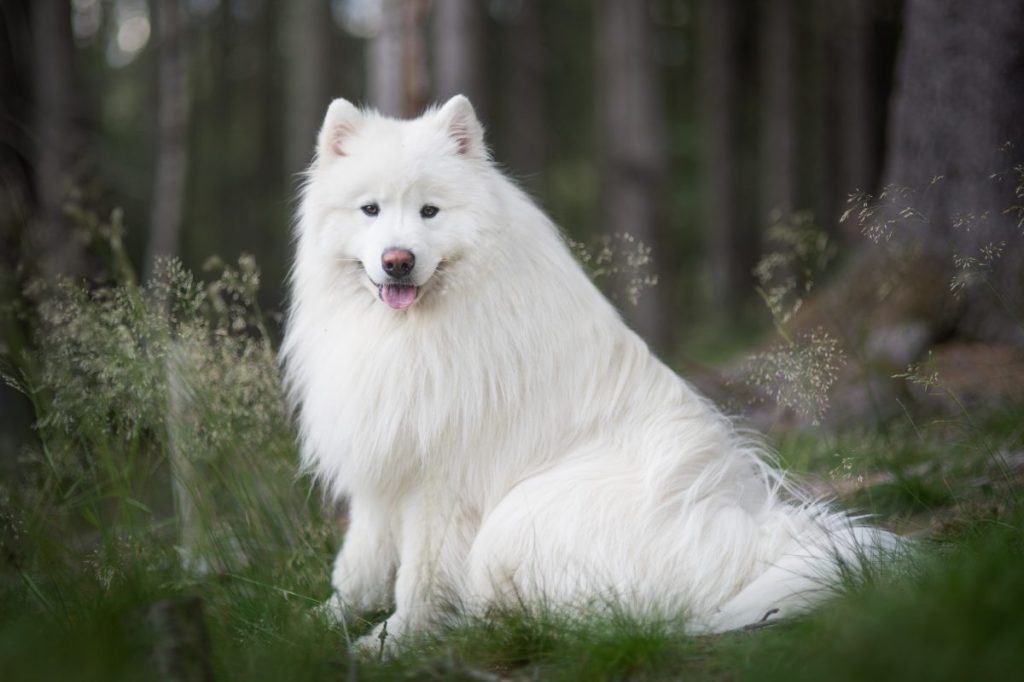The Coast Salish people of the Pacific Northwest maintained an interesting tradition for thousands of years. They regularly sheared fluffy white dogs to produce wool, which was then woven into spiritually significant blankets and ceremonial attire. These woolly dogs — similar to modern-day Samoyeds — were more than just pets.
Rather, the Coast Salish considered them as…




